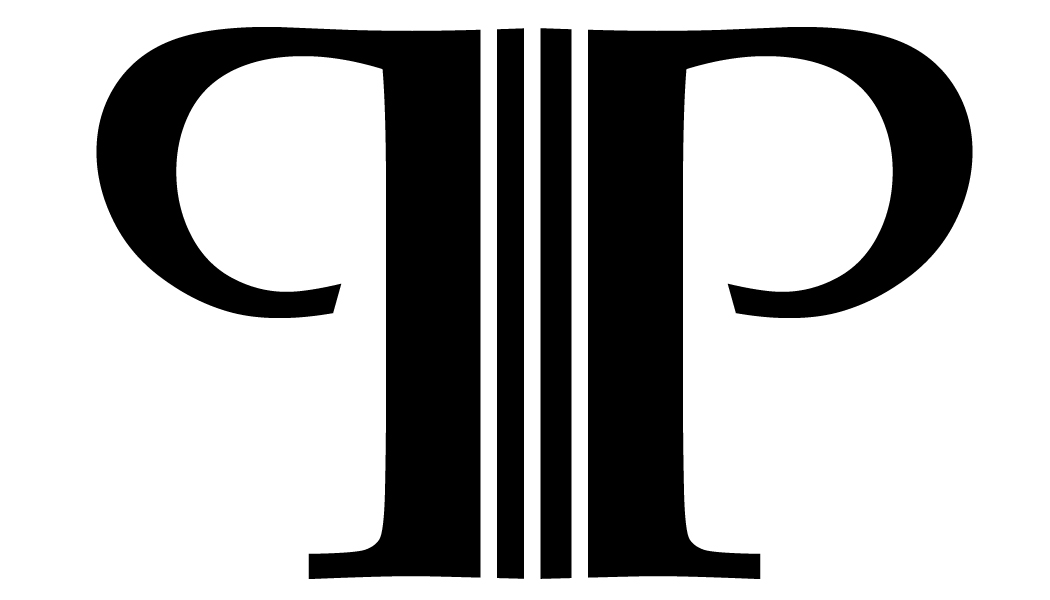As the pages of the calendar flutter to March there is a very perceptible change in both the angle of light and the warmth of the sunshine. When it shines, of course. The combination of those things reaches critical mass on one single day, “Mud Day,” which signals the beginning of our fifth season.
One day it is frigidly cold, the road frozen and slick as we walk on it, old ruts hardened into icy troughs. The next day you drive to the grocery store and suddenly you slip around on newly wet spots on the road. If you are a Vermonter you shift, automatically, to mud-thoughts; time to retire the low car and only drive the high car. Are you paid up for towing with AAA?, and how much money should we set aside for having the mud cleaned out of our brakes?
Things will settle down for a bit, the cold will return with blasts of north wind designed to lull you into thinking mud season is still down the road a piece. But I know better, I can smell the earthy mud patches waking up and this drives me indoors, where things are warm and dry.
In the studio the change in angle of light is evident because we need to use a shade to keep the afternoon sun out of players’ eyes and also because our thoughts begin to turn toward more challenging pieces. Like I smell earthy mud, students smell spring recital in the air.
I have a friend and colleague who is a very fine violinist and he maintains that chamber work is best learned directly from the score of the piece you are working on. He follows the dictate of the great players of the past who, while traveling by train on tour, would only have the availability of the score to learn or review the next piece that they would be playing. They could “hear” the piece by reading the music and learn not only their parts, but all the parts of the orchestra as well, get off the train at the next gig, have one rehearsal with the orchestra and perform.
I see great value in being able to read a score in preparation for performance: you both see and hear not only your entrance but also the entrances of the other players. However, I have also come to value technology that allows us to both see and hear. YouTube.
As a performer, I find it wonderful to be able find a link to a good performance of a piece I am working on. If it is a chamber piece, the group shares that link and we all can study the performance and take from it what we feel is valuable and/or sometimes disregard it.
As an instructor I am of two brains on YouTube. I find it beneficial that you can watch more than one performance of a piece, therefore more than one interpretation. You can slow the tempo of the piece down as a tool to play along with, whether that be for one particular passage or the entirety of the piece. YouTube enables students to see how others choose to finger challenging sections. YouTube, if nothing else, offers exposure to great works and masters playing them.
However.......I also find that students forget that anyone can upload performances onto YouTube, including those whose performances might be better ignored
In using YouTube, there is a real risk of mimicry. Students feel that what they are hearing is the definitive version of the piece, therefore there is no consideration for other approaches, to include fingering, tempo, etc. Listening to the whisperings of great composers telling you where the pain and joy are in their music is a skill that needs developing more than learning to mimic.
Also, while it is wonderful to listen to masters playing, there can be cold moments of feeling that you will never be able to play like that.
But perhaps the greatest risk is not when students are playing along with YouTube, slowed down yet cranked up on their speakers, but when they are practicing without that accompaniment and the sound that is in their ear remains the master’s rather than their own. A false sense of your own intonation, connection and flow is as dangerous as not developing your own sound at all.
A tool that has stood the test of time, has been used by countless performing musicians, and is available on both old and new technology, is recording yourself.
There is no better way to hear yourself than to record yourself. “Ouch” you say? Ouch, indeed, for a while. But nothing encourages like disappointment, and many players find that, if they can have the patience (arrrgh that “P” word again) they will begin to hear real progress in their intonation, their connection, in the flow of phrases.
So, if you have a hankering to listen to a YouTube performance, how about bending that a little and listening to a YOU performance?
Gotta love live music.
Melissa Perley

